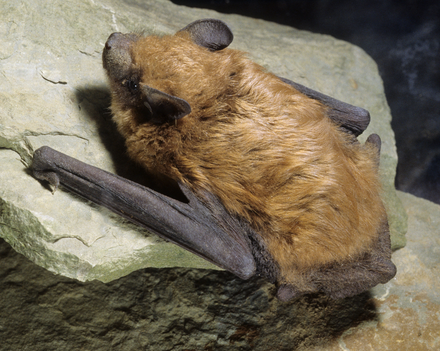
You go to demolish a baseball stadium and you find bats in their mating season. What do you do?
Officials say it will cost about $580,000 to demolish a minor-league baseball stadium in northwest Louisiana, with about one-third of that for bat control — flying mammal eviction, that is. The 36-year-old stadium called Fair Grounds Field was last used in 2011, and the Shreveport City Council is scheduled Tuesday to consider an ordinance to declare it surplus and allow demolition. It was built in 1986 for a minor league team that moved to Texas in 2003 as the Frisco Rough Riders. Evicting bats that roost there will cost $200,000, with demolition afterward costing $380,000, news outlets have reported. Bat control cannot start at Fair Grounds Field until August, to avoid the animals’ mating season, KTBS-TV reported.
nola.com
It is the right thing to do, say those that know.
That’s reassuring, said Melissa Collins, who runs the nuisance wildlife control operator licensing program at the Louisiana Department of Wildlife and Fisheries. “Somebody is telling them the right thing to do. I’m happy to hear that,” she told The Associated Press. The department did not have information about the species and numbers of bats in the stadium. Under Louisiana’s nuisance animal regulations, Collins said, bats must be relocated rather than killed if it’s possible without endangering people. “It’s best to just exclude them and let them find refuge elsewhere” by installing no-return bat exits at every opening, she said. Breeding season is just beginning in Louisiana, she said, and baby bats can’t fly. “If you exclude the adults the babies die,” she said. However, Collins said, they should be flying by August.
Bats like caves but they are in short supply here, in fact not at all. So they have to find substitutes.
Several of the 12 species found in Louisiana often roost in caves — something Louisiana doesn’t have. So in Louisiana, they may be found in culverts, under bridges and sometimes in buildings. All 12 species eat insects. “It is estimated that insectivorous bats save U.S. agriculture over $3.7 billion dollars annually in pest control,” the state wildlife and fisheries department notes in a brochure about bats. Shreveport’s proposed ordinance states that bats have inhabited the stadium since it opened. Shelly Ragle, director of Shreveport Public Assembly and Recreation, said she started work for the city around 1996, the year that the city took on the stadium’s maintenance. “When I came to work at the city, they were power washing every single day of the home stand because of the bats,” she recently told the City Council. The building’s design and construction exposed it to frequent flooding and groundwater infiltration, she told the city. “Fair Grounds Field opened in 1986 as one of the top ballparks for minor league baseball. However, it was built as a large concrete structure that became obsolete very quickly and did not fit the new boom in baseball stadium design,” the proposed ordinance states. It says the stadium no longer meets building codes and groups interested in renovating it have either reported that the work would be too expensive or just never scheduled a follow-up meeting.
Once the stadium is no longer there, where will the bats go?
